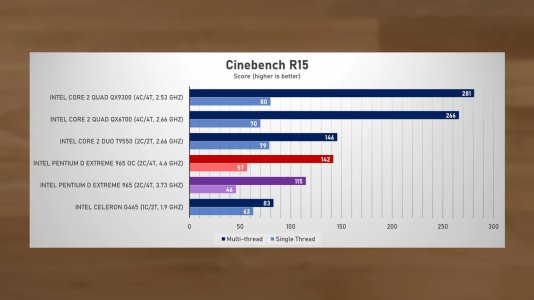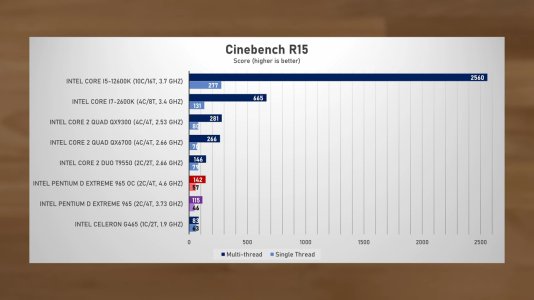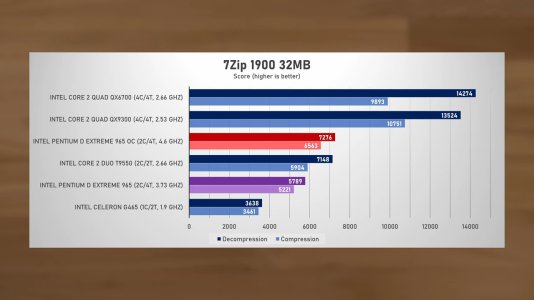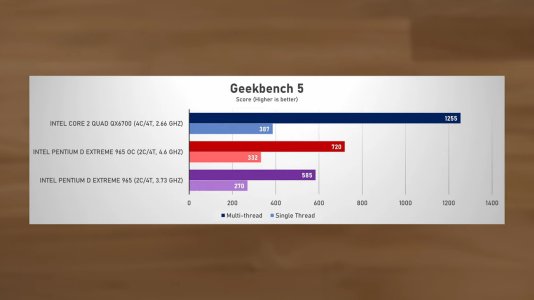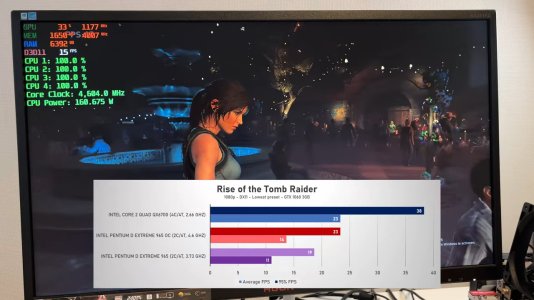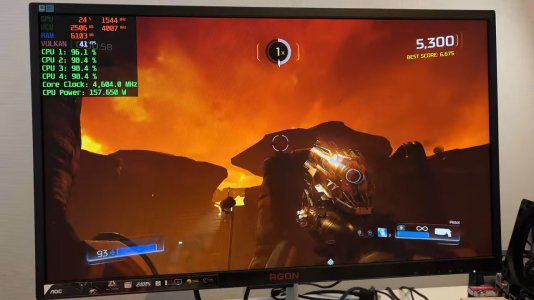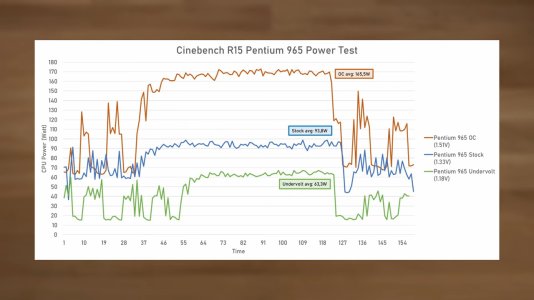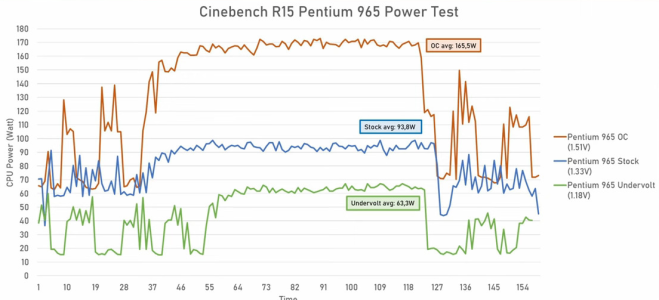Liquid cooling may have been part of the calculus for determine Tejas fate, I hadn't heard that before, but I doubt it was significant. Netburst was a dead-end architecture and many people at Intel had to know it by the time Tejas was approaching tapeout. Intel was extending the pipeline and doing less work in each clock cycle just to get the clock to go higher, which continuously increased the complexity of the chip requiring more and more associated circuitry just to keep the thing fed and functional. And even with all that extra complexity and the high clocks pushing their process to it's limit, AMD was punching them in the face with Athlon 64 which had equivalent performance at lower clocks, heat and cost. Intel was pushing into power and complexity walls simultaneously for increasingly diminishing or negative returns.
At the same time, Apple was dealing with similar problems with their Power G5. That thing was a furnace at the clocks it needed to run at to be useful, and if you downclocked it enough to fit into mobile power budget it was no more performant than their aging G4. Apple had to go with water-cooling themselves on the G5 Power Mac dual-dual cores just to ship them at 2.5 and 2.7 GHz, never mind the 3 GHz that IBM was promising. So if Intel was thinking about water-cooling they had a product in the market to look at, and it didn't look good. Apple by this time had to have been working with Intel and Pentium 4 had the exact same problems they were trying to get away from in G5, so they were waiting for the promotion of Pentium M to desktop to start their transition. So I suspect however far Tejas got in development by 2004-5 Intel already knew it was cooked, literally.


